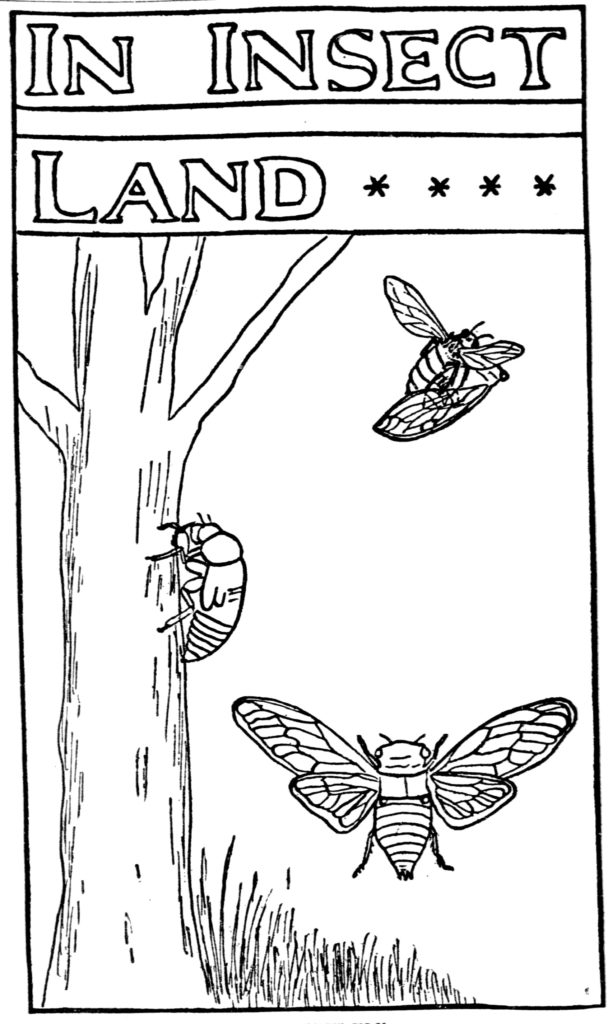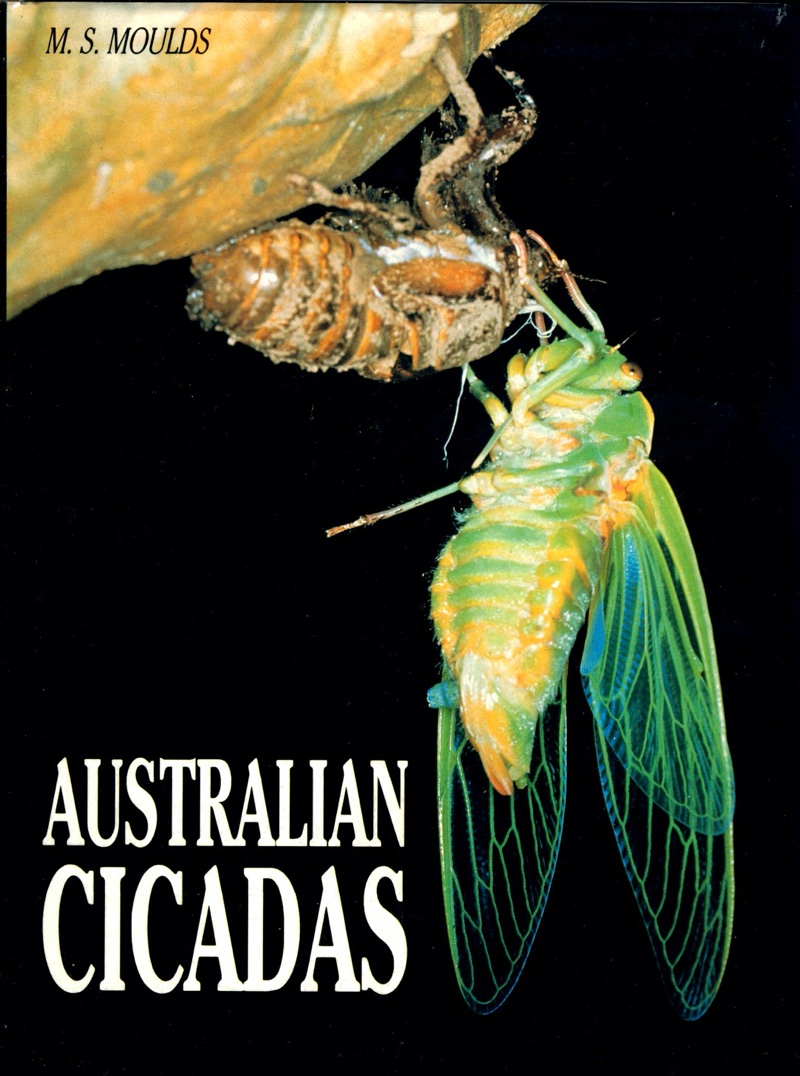Here are 19 articles from scientific journals about cicadas from 2015 that you may have missed.
January:
A review of the cicada genus Kosemia Matsumura (Hemiptera: Cicadidae)
February:
External morphology and calling song characteristics in Tibicen plebejus (Hemiptera: Cicadidae)
The phylogenetic utility of acetyltransferase (ARD1) and glutaminyl tRNA synthetase (QtRNA) for reconstructing Cenozoic relationships as exemplified by the large Australian cicada Pauropsalta generic complex
March:
Cicada genus Pomponia Stål, 1866 (Hemiptera: Cicadidae) from Vietnam and Cambodia, with a new species, a new record, and a key to the species
April:
Intraspecific sexual mimicry for finding females in a cicada: males produce ‘female sounds’ to gain reproductive benefit
A new cicada species of the genus Psithyristria Stål, 1870 (Hemiptera: Cicadidae: Cicadinae: Psithyristriini) from Luzon, Philippines, with a key to the 15 species
A redescription of Yoyetta landsboroughi (Distant) and Y. tristrigata (Goding and Froggatt) (Hemiptera: Cicadidae) and description of four new related species
May:
A review of the cicada genus Haphsa Distant from China (Hemiptera: Cicadidae)
Description of two new cicada species of the genus Poviliana Boulard (Insecta: Hemiptera, Cicadoidea, Cicadidae) from New Caledonia
June:
Four new species of cicadas from Papua New Guinea (Hemiptera: Cicadoidea: Cicadidae)
Description of a new genus, Auritibicen gen. nov., of Cryptotympanini Hemiptera: Cicadidae) with redescriptions of Auritibicen pekinensis (Haupt, 1924) comb. nov. and Auritibicen slocumi (Chen, 1943) comb. nov. from China and a key to the species of Auritibicen
Cicadidae types (Hemiptera-Cicadomorpha) housed at the Museo de La Plata entomological collection (Argentina)
July:
Molecular phylogenetics, diversification, and systematics of Tibicen Latreille 1825 and allied cicadas of the tribe Cryptotympanini, with three new genera and emphasis on species from the USA and Canada (Hemiptera: Auchenorrhyncha: Cicadidae)
August:
New species of Simona Moulds, 2012 and Chelapsalta Moulds, 2012 cicadas (Cicadidae: Cicadettinae: Cicadettini) from Australia: comparative morphology, songs, behaviour and distributions
Additional records of cicadas (Hemiptera: Cicadidae) to the fauna of Mindanao, Philippines, with the description of three new species and a key to the species of Champaka Distant
September:
Comparative morphology of the distal segments of Malpighian tubules in cicadas and spittlebugs, with reference to their functions and evolutionary indications to Cicadomorpha (Hemiptera: Auchenorrhyncha)
October:
New combinations for six species belonging to Cryptotympanini Handlirsch (Hemiptera: Cicadidae), former members of the genus Tibicen Latreille, 1825
November:
The visual system of the Australian ‘Redeye’ cicada (Psaltoda moerens), Arthropod Structure & Development
Erection of a new genus Biura gen. nov., of the subtribe Aolina (Hemiptera: Cicadidae: Cicadinae: Dundubiini)









